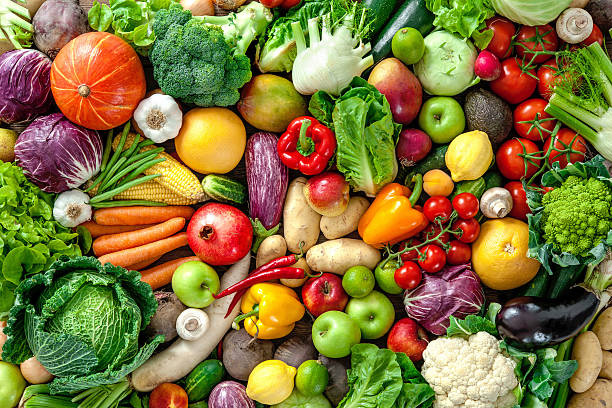

Undernutrition is an imbalance between nutritional intake and the body’s metabolic needs: the energy and/or protein balance is negative. This disease is silent and has a strong impact on the health and quality of life of the person. There are simple screening and diagnostic tools, such as regular weighing to monitor changes in body mass. However, this disease is insufficiently detected and is managed too late.
Undernutrition affects a large population in France, particularly the elderly, hospitalized or ill. 70% of people with cancer and hospitalized are affected by undernutrition. Some additional statistics. Some statistics on the undernutrition.


When a person is malnourished, his or her muscle mass decreases, he or she loses weight involuntarily or shows unusual fatigue. Monitoring markers such as age, height and weight is effective in detecting this. Elderly people are at high risk, but they are not the only ones: let’s not forget that people with obesity can also be malnourished. People with cancer are also at high risk for undernutrition. Here are some common misconceptions about nutrition and cancer.
The causes of undernutrition can be multiple, for example: anorexia, hypercatabolism, cancer, chronic diseases such as renal failure or even certain psychological diseases such as depression.
The consequences can be serious if the disease is not treated in time. Undernutrition can lead to medical and surgical complications through a decrease in muscle strength and therefore mobility, resulting in slower rehabilitation. These consequences can be represented as a spiral.


